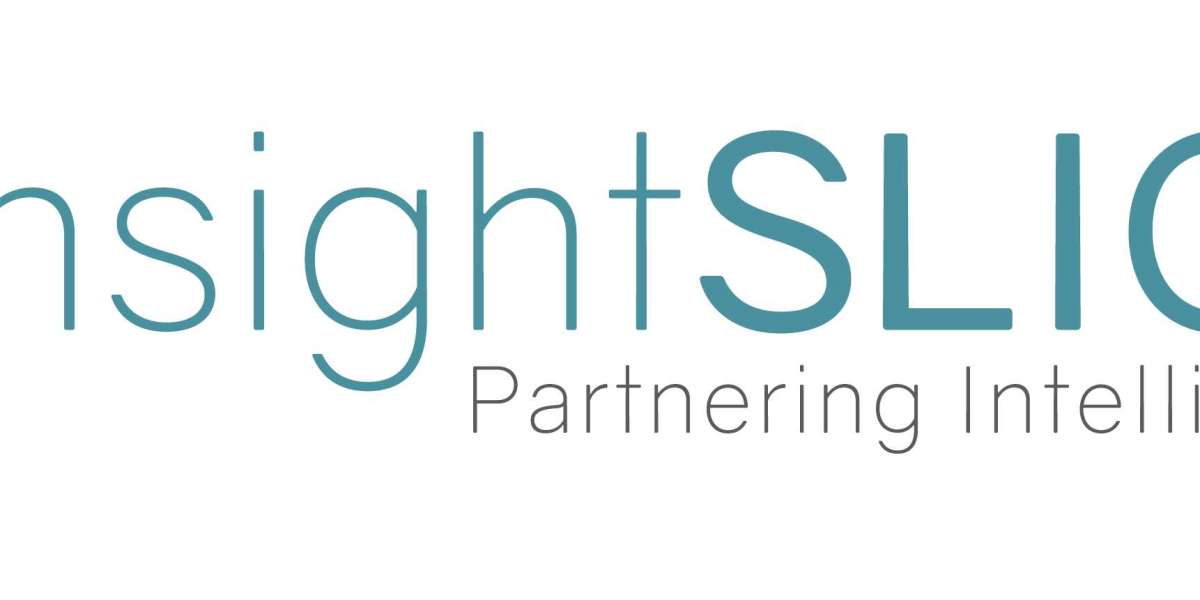Global Neurotech Devices are driving unprecedented advancements in neuroscience, offering innovative solutions for diagnosing, treating, and understanding neurological disorders and conditions. In this article, we navigate the landscape of Neurotech Devices, exploring their diverse applications and future directions.
Applications of Neurotech Devices:
- Clinical Diagnostics: Neurotech Devices play a crucial role in clinical diagnostics, providing clinicians with valuable insights into brain function and pathology. Neuroimaging techniques, such as MRI and PET scans, help identify structural abnormalities, while EEG and magnetoencephalography (MEG) enable the assessment of electrical brain activity in real-time.
- Therapeutic Interventions: Global Neurotech Devices such as deep brain stimulation (DBS) and transcranial magnetic stimulation (TMS), offer effective therapeutic interventions for a wide range of neurological and psychiatric disorders. These devices modulate neural circuits and activity patterns to alleviate symptoms of conditions such as Parkinson's disease, depression, and chronic pain.
- Neurorehabilitation: Neurotech Devices play a crucial role in neurorehabilitation, helping individuals recover from neurological injuries or conditions and regain lost function. Robotic exoskeletons, virtual reality (VR) systems, and brain-computer interfaces (BCIs) facilitate motor retraining, cognitive rehabilitation, and functional restoration following stroke, spinal cord injury, or traumatic brain injury.
- Research and Discovery: Neurotech Devices are indispensable tools for neuroscience research, enabling scientists to study brain structure, function, and connectivity with unprecedented detail and precision. These devices provide insights into fundamental questions about brain development, plasticity, and disease mechanisms, driving advancements in basic and translational neuroscience.
Future Directions and Emerging Trends:
- Miniaturization and Wearability: Future Neurotech Devices are likely to become smaller, more lightweight, and increasingly wearable, allowing for seamless integration into daily life and enabling continuous monitoring and intervention.
- Closed-Loop Systems: The development of closed-loop neurostimulation systems, capable of dynamically adjusting stimulation parameters in response to real-time neural signals, holds promise for optimizing therapeutic outcomes and minimizing side effects.
- Neural Interfaces and Brain-Machine Integration: Advances in neural interfaces and brain-machine interfaces (BMIs) are blurring the boundaries between humans and machines, enabling direct communication and interaction between the brain and external devices for enhanced sensory perception, motor control, and cognitive augmentation.
- Personalized Medicine: The advent of precision medicine and personalized therapies is driving the development of Neurotech Devices tailored to individual patient profiles, genetics, and disease characteristics, optimizing treatment efficacy and minimizing adverse effects.
Global Neurotech Devices represent a dynamic and rapidly evolving field at the intersection of neuroscience, engineering, and medicine. With their diverse applications, from clinical diagnostics and therapeutic interventions to research and discovery, Neurotech Devices are poised to revolutionize healthcare delivery, rehabilitation, and our understanding of the brain. By embracing emerging trends and technologies, researchers, clinicians, and industry partners can harness the full potential of Neurotech Devices to improve patient outcomes and advance human health and well-being.
Get more insights, On Global Neurotech Devices



